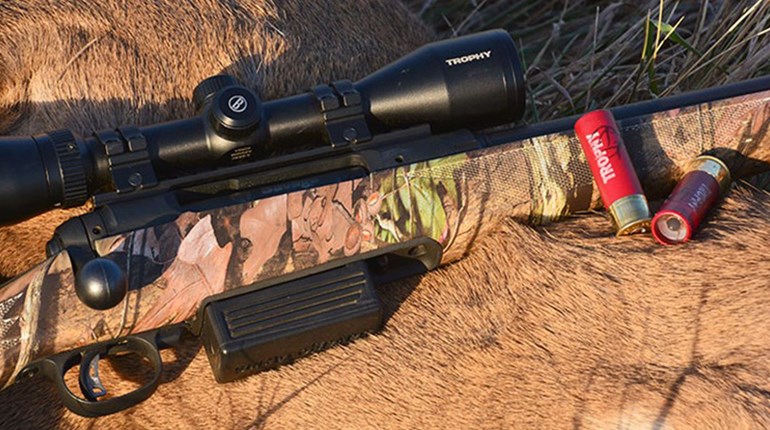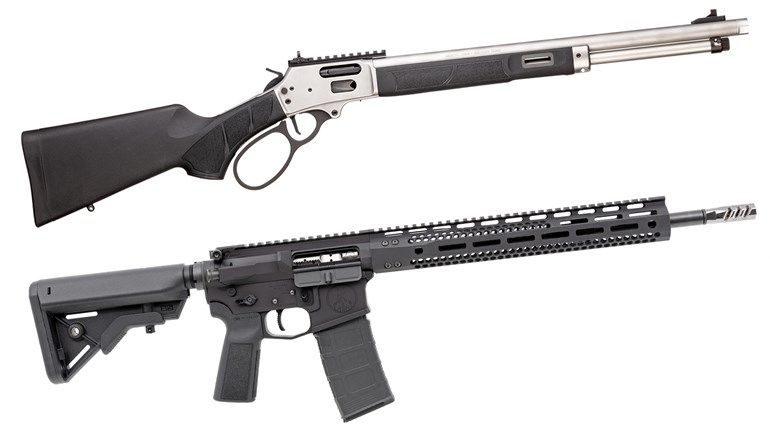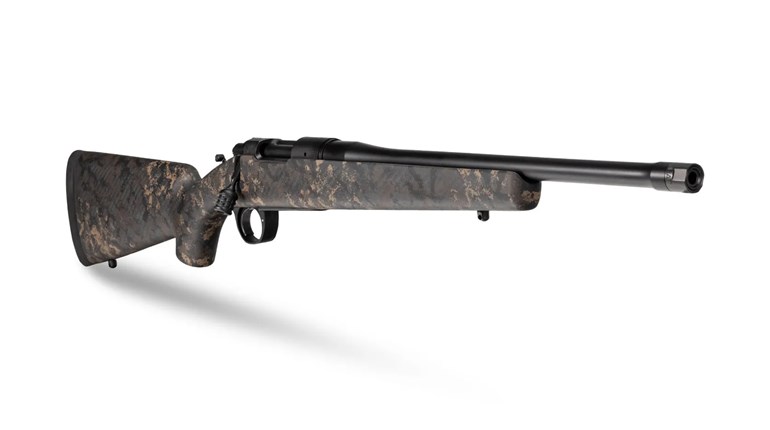
The Myth:
Shotguns Are Safer than Rifles for Hunting
The Reasoning:
Because shotgun slugs have lower velocities than modern centerfire rounds, they are less powerful and cannot travel as far, and therefore there is less chance that an errant shot could injure or kill a bystander. This is why states like Iowa and Illinois ban rifles for deer hunting and only allow shotgun slugs or ballistically similar muzzleloaders, right?
The Investigation:
I called the Iowa Department of Natural Resources and asked for verification—after all, few people dispute that modern rifles are more accurate and have a greater maximum range on game than shotguns, so it could be that state departments are simply afraid that legalizing a more efficient arm will result in too many deer being killed. But I was promptly told by a customer service representative that “There are too many [human] populated areas [to use rifles]” and that "It's absolutely a safety issue.”
But something smells like a deer gut pile in the Alabama woods.
First off, it’s established that hunting is one of the safest sports. It is safer than bowling. Football, wrestling, swimming and all the contact sports aren’t even close. See here for complete stats provided by NSSF. Most of the accidents in hunting are attributed to tree stand falls and failure to identify the target. It doesn't matter how "safe" your firearm is if you fall out of a tree or mistake your target. So the only logical reason why states think rifles are more dangerous than shotguns is that if the target is missed and a bullet ricochets, rifle bullets go farther making more people potentially vulnerable to an unintentional shooting.
But ponder this question first asked by Todd S. Bacastow, Ph.D. in his study, “Do shotguns and Muzzleloaders Pose Less Risk Than Centerfire Rifles for Hunting Deer in Pennsylvania?"
The Question:
If held three feet off the ground and fired parallel to the ground (and assuming no obstacle blocks it) what travels farther, a 150-grain, .30-06 bullet fired at 2910 fps, or a 385-grain slug shot at 1900 fps?
It’s the .30-06, because, although the two bullets would hit the ground at the same time, the .30-06 would travel farther because it's traveling faster, right?
The Data:
As Bacastow’s data, taken from the Armaments Engineering and Technology Center at Picatinny Arsenal, N.J., indicates, there is a 100 percent chance that both projectiles will ricochet when they hit the ground if shot at a zero degree angle. And when they ricochet, something strange happens. Because the heavier-constructed, slower traveling slug retains “95 percent of its energy and excellent ballistic characteristics after initially hitting the ground” on average it travels farther in total distance than the .30-06. Check out the graphs in the study for the precise numbers. So if you said .30-06—under the specified shot angle conditions—you are wrong. Shotgun slugs tend to ricochet further. (Keep in mind, of course, that as shot angle is increased, the before-ricochet distance increases as ricochet distance decreases, and therefore the .30-06 travels farther when shot angles increase past about 5 degrees.)
The Anti-Spin:
While anti-gunners might use this counter-intuitive information to simply say, "OK then, shotguns are just as dangerous as rifles” and try to ban both for hunting, the reality is, both are statistically extremely safe.The anti's hate hunting and are scared of a hunter's tools, so they will always spin it. Meanwhile, I’m calling 1-800 BullShooters on Iowa and Illinois and the handful of other states that cite rifles are more dangerous than shotguns as a reason to ban them for hunting.If hunters follow the NRA’s rules of safe gun handling, there would never be an accident, regardless of the arm used.Also, many hunters hunt from elevated treestands, which dramatically decreases the chance of ricochet.
The Conclusion:
Rifles are just as safe as shotguns. Facts, ballistic data and state-injury statistics prove it.





































